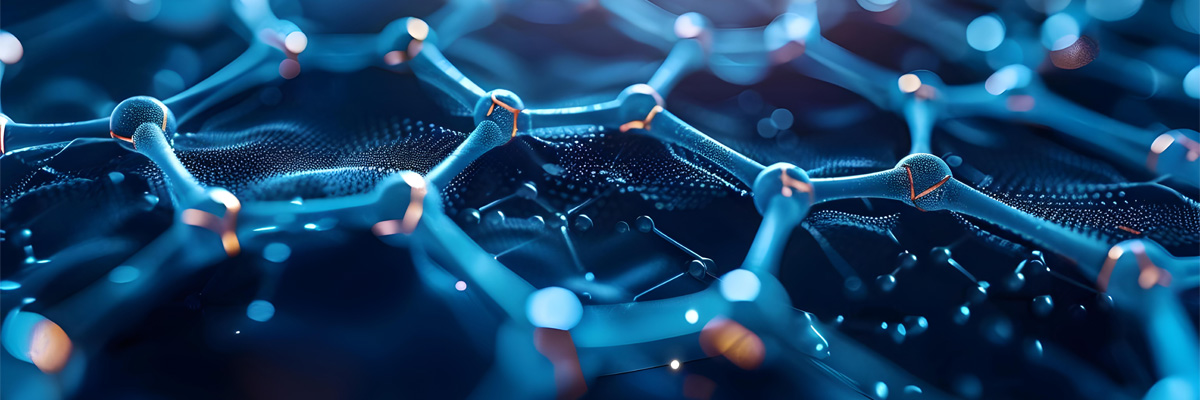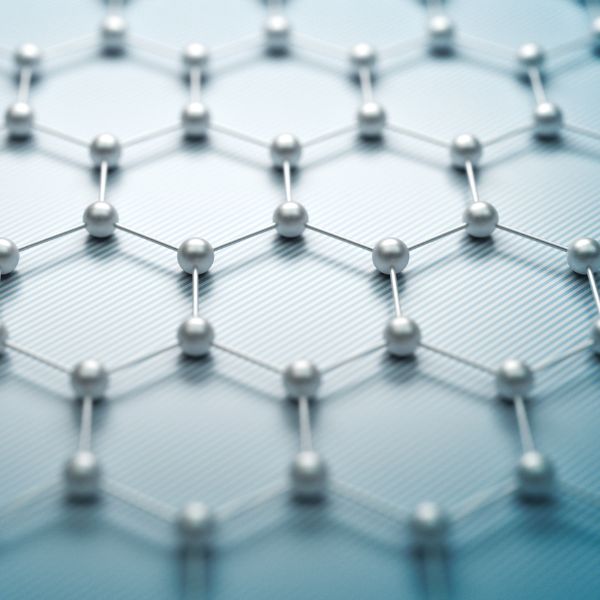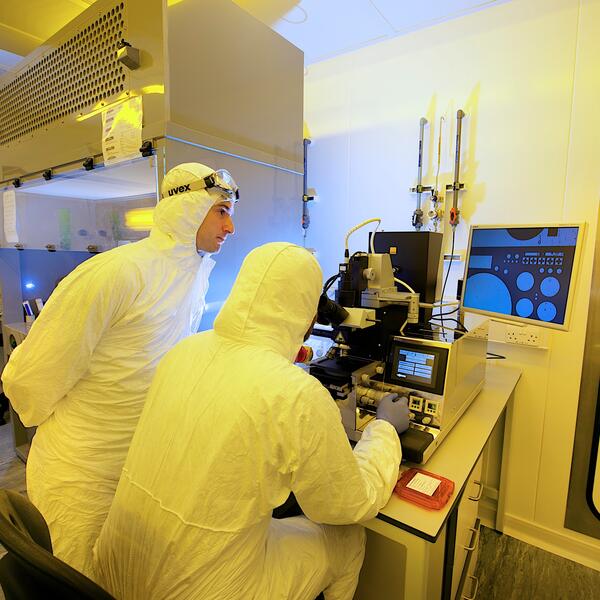Scanning Probe Microscopy (SPM)
Our extensive scanning probe microscopy (SPM) capabilities provide a wide range of sample characterisation at multiple length scales. At small length scales we have internationally leading expertise in single molecule and atomic resolution imaging using UHV-STM, UHV-ncAFM, liquid STM or ambient AFM instruments housed in the Lancaster IsoLab. At molecular to micron scales our SPM instruments also provide correlative and multi-parametric mapping including measurement of electrical and thermal conductance, mechanical, thermoelectric, charge, and electrochemical properties via methods including AFM, cAFM, KPFM, SThM, nanomechanics, and Seebeck mapping. For more information contact Dr Samuel Jarvis.



.jpg)
.jpg)
.jpg)



.jpg)